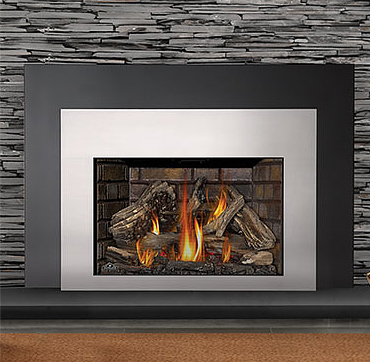Disclaimer: Diagnosis and repair should only be undertaken by qualified personnel.
As noted in previous posts, complete fuel combustion requires sufficient air. Without the right amount of oxygen, incomplete combustion will occur and produce a dangerous amount of carbon monoxide. The American National Standards Institute mandates that unvented gas heaters be automatically turned off when the specified oxygen level is not achieved. The oxygen depletion sensor or ODS pilot system controls the automatic shut-off.
The ODS system is part of the pilot assembly designed to regulate the flame performance. The pilot flame is consistent only within a very narrow range, so if oxygen drops below the acceptable level, the flame will lift off the thermocouple, which reduces the millivolt signal going to the gas valve.
The following conditions can cause an improperly adjusted flame:
- If the flame lifts or blows off the pilot hood, this is an indication that you have too much gas pressure.
- A small and weak flame indicates that the gas pressure is too low.
- Debris in the primary air opening produces a large yellow-tipped flame through the natural gas orifice.
To adjust the pilot, one must complete adjustments according to the manufacturer’s instructions. If the pilot is adjusted properly, a steady blue flame will engulf the upper one-third (some appliances require 1/2 to 3/4 – refer to manufacturer instructions) of the thermocouple /thermopile.
Gas flows to the ODS pilot via a precision-bored orifice that pulls in primary air via the air shutter and is then ignited by the spark discharge from the spark electrode of the piezo igniter. When ignited, the pilot burner ignites the main burner, heats the thermocouple that powers the gas control valve, and shuts off gas flow when the oxygen around the appliance drops below a predetermined level. The system should be set to shut down if the oxygen level reaches 18 percent.

